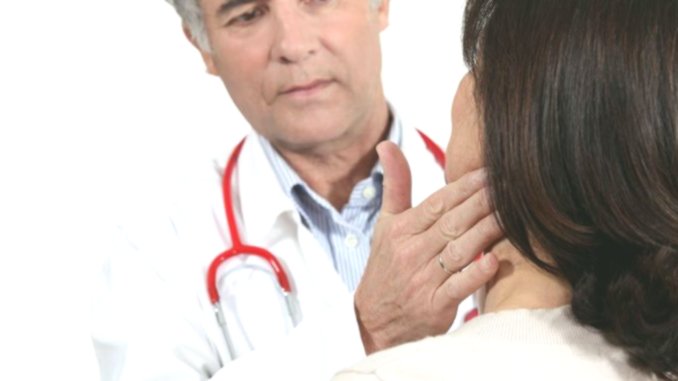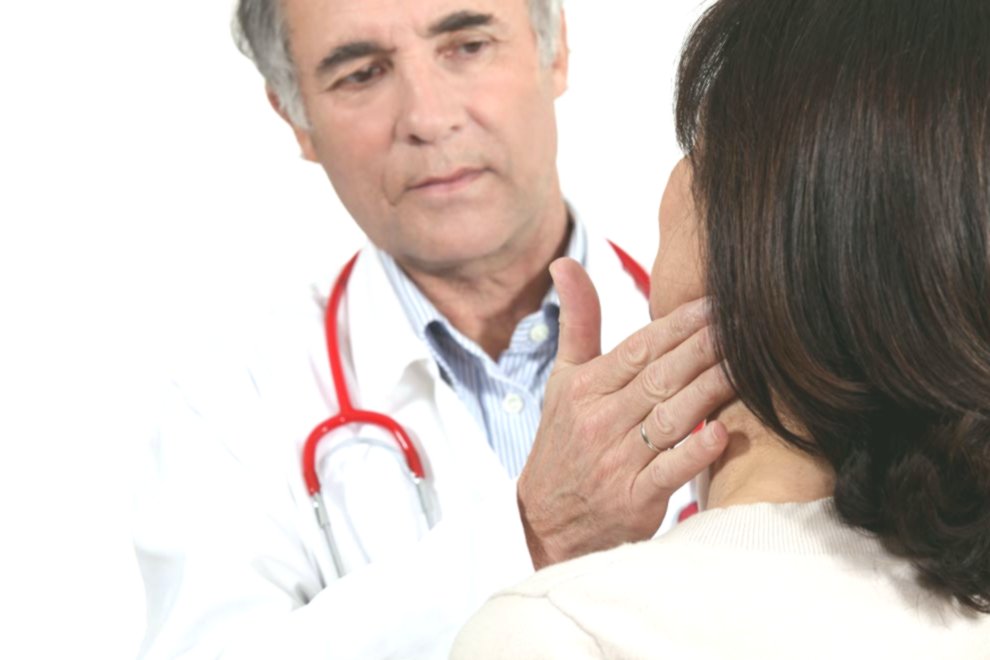
Although rare, the majority of tumors (80%) of salivary glands are benign and slow-growing, primarily affecting the parotid glands. However, some of these can be malignant and others (20%) are from the beginning of cancerous origin caused by the proliferation of cancer cells in the ducts through which the salivary glands excrete saliva.
However, the malignancy of the tumors varies depending on the gland that is affected: 20-25% in the case of the parotid, 35-40% of the submandibular, 50% of the minor and more than 90% of the sublingual .

The main initial symptom of this type of cancer is inflammation and enlargement of the affected gland, which is painless and usually discovered during a routine check-up at the dentist or doctor, detecting a lump in the area next to the ear if it affects one of the parotids; under the chin, if it involves a submaxillary gland; or on the floor of the mouth if any sublingual gland is of interest.
As the volume of the gland increases, other symptoms can be seen:
- Facial asymmetry
- Paralysis of the facial nerve.
- Difficulty swallowing food.
- Difficulty opening the mouth completely.
- Persistent pain in the face.
Risk factors for salivary gland cancer
Among the risk factors that favor the onset of this type of cancer, the following stand out:
- Elderly . It occurs more frequently in older people, although some types can occur at any age.
- Radiation exposure . Radiation therapy for the treatment of head and neck tumors can cause salivary gland cancer.
- Exposure to certain substances : asbestos, lead, rubber manufacturing materials.
Types of tumor
The most common location of this type of cancer is that of the parotid glands and one of its most significant characteristics is that it is usually infiltrating in nature and spreads to the nearest lymph nodes. The palate is the part of the oral cavity that is most often affected when it is a cancer of the minor glands.
Of all of them, the most frequent type of cancer is the so-called mucoepidermoid carcinoma, which mainly affects parotids and, in the case of the minor glands, those located on the lip. It is often followed by the one known as cylindroma, which is very aggressive and presents a high degree of recurrence, usually occurring between 40 and 60 years of age. The third in frequency is the group of adenocarcinomas, of which there are many types.
Salivary gland cancer can also be secondary to other tumors, such as squamous cell carcinoma or melanoma of the head and necks.
Treatment of salivary gland cancer
Usually, if the cancer is localized, treatment involves the removal of the affected salivary gland and the application of radiation therapy. Chemotherapy is indicated in tumors that have spread, affecting the nearest lymph nodes.